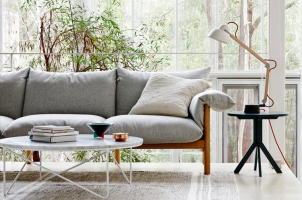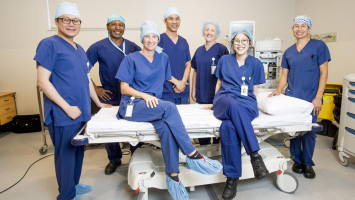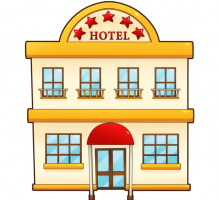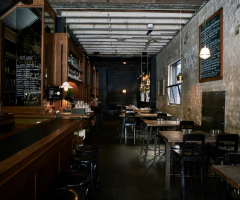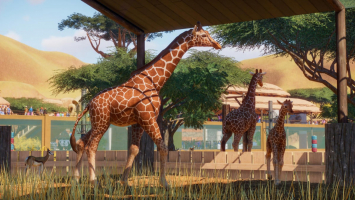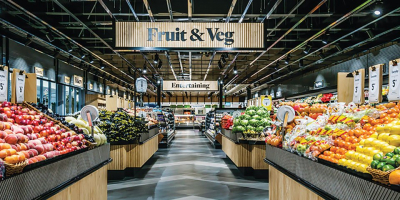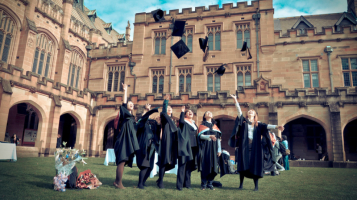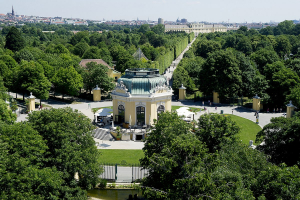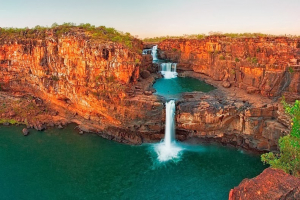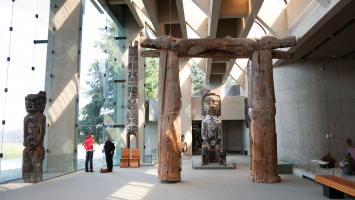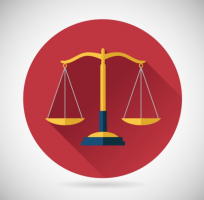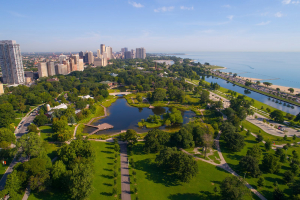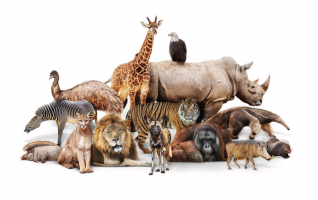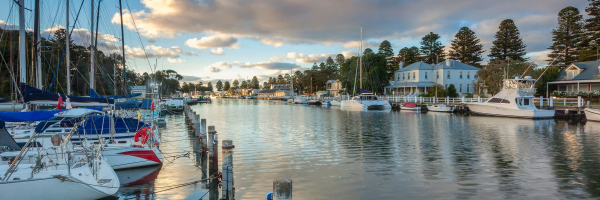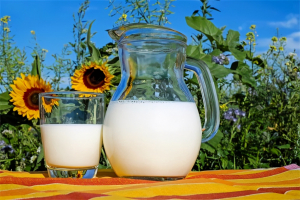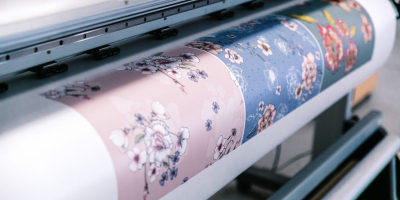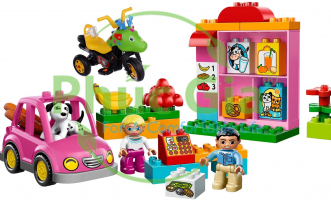Top 10 Best Zoos In Australia
Zoos in Australia are popular tourist attractions that help to save some of the world's most endangered species. If you want to get near to nature, check out ... read more...our list of the top zoo experiences in Australia.
-
Melbourne Zoo, which was recently voted Australia's greatest zoo in a survey of overseas travelers, is also the country's oldest, having opened its doors in 1862. On 22 hectares of grounds and cages, the zoo is home to around 5000 animals representing over 300 species.
Animal enthusiasts of all ages are inspired by our zoos. We also seek to preserve the future of animals and their habitats through improving the link between people and nature.
Breeding and recovery programs are among our major efforts, and we've formed collaborations with local communities, environmentalists, and like-minded organizations both close to home and throughout the world.
Melbourne Zoo is also a nice site near to the city because of its age. Take the rail to Royal Park, which is only a 15-minute drive from the CBD, and walk over from there.
Address: Elliott Ave, Parkville VIC 3052, AustraliaCost of entry: $38 AUD general admission, discounts for children, pensioners, students and families.
Website: https://www.zoo.org.au/melbourne/
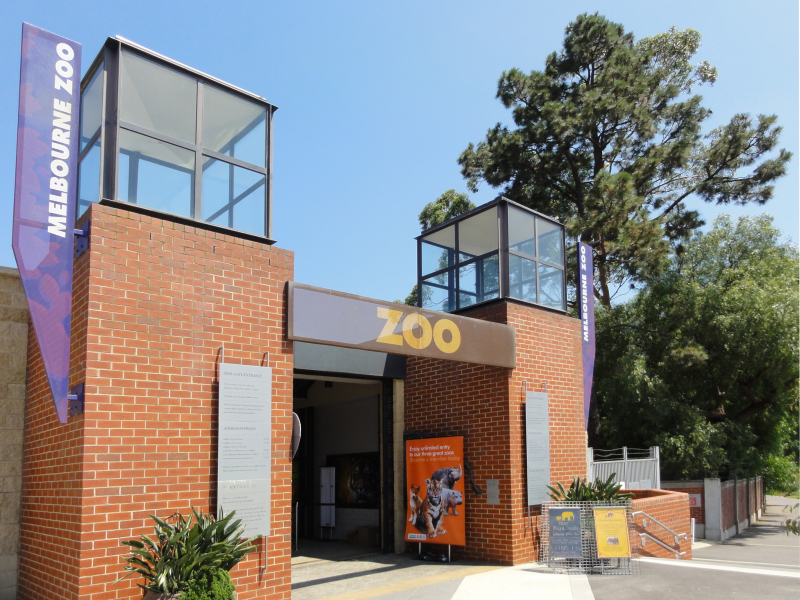
Photo: vi.m.wikipedia.org 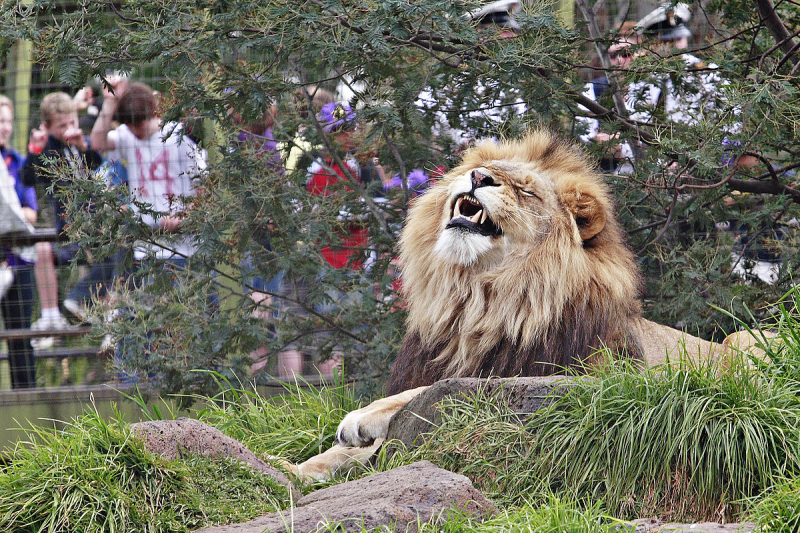
Photo: vi.wikipedia.org -
This is the location to visit if you enjoy koalas. Lone Pine Sanctuary, located near Brisbane, is the world's first and biggest koala sanctuary, and it is actively involved in research to help rescue these famous marsupials.
Queenslander Claude Reid founded the Lone Pine Koala Sanctuary in 1927. At a period when wild koalas were being exterminated for the fur trade, we started with just two koalas, Jack and Jill. Claude immediately realized that something needed to be done to assist in the protection of one of Australia's most iconic animals.
The sanctuary takes its name from a massive hoop pine that still stands near our Ticket Entrance today. The single pine tree is claimed to have served as a navigational guide for visitors arriving along the Brisbane River and anchoring their boats at the 'lone pine.' Daniel Clarkson planted the tree in 1867, when the site was a cotton farm.
Brisbane's CBD is 12 kilometers away from Lone Pine. It is possible to drive here, however public transportation passengers should take the 430 or 445 bus. A boat service from Southbank to Lone Pine Sanctuary is also offered.Cost of entry: $37.80 general admission, discounts for children, students, seniors and families.
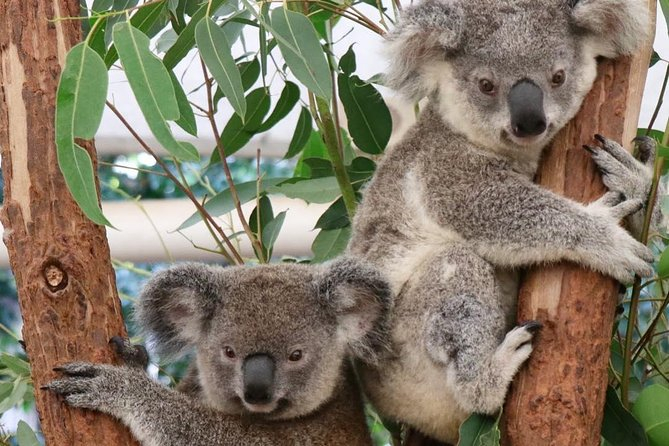
Photo: mylittleadventure.com 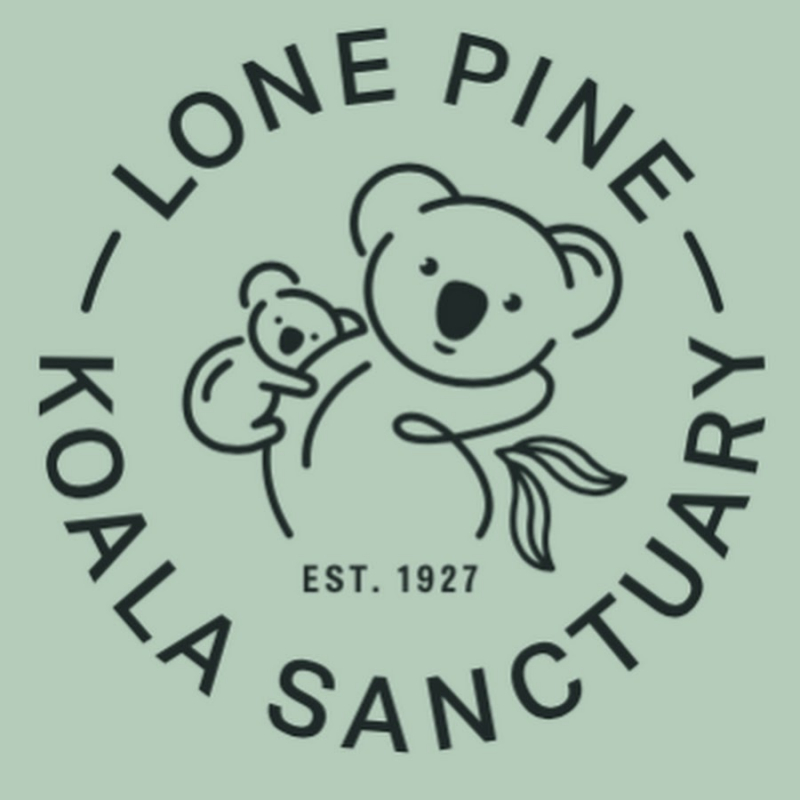
Photo: youtube.com -
Another choice in Queensland is Australia Zoo, which was founded by Steve Irwin, the country's famed Crocodile Hunter, on television. His family, including his children Bindi and Robert, now runs the zoo.
Australia Zoo, an hour north of Brisbane on Queensland's Sunshine Coast, is home to a team of dedicated conservationists that work around the clock to provide unique animal encounters.The goal of Steve and Terri Irwin has always been to build Australia Zoo the world's largest and greatest animal conservation center.There is no zoo that compares to Australia Zoo!
The Australia Zoo is located at Beerwah, approximately 25 minutes from Caloundra on the Sunshine Coast or an hour from Brisbane along the Steve Irwin Way, commonly known as the Glass House Mountains Tourist Drive.
Cost of entry: $61 general admission. Discounts for children, pensioners, students and families.
Address: Beerwah, Queensland, Australia
Website: https://www.australiazoo.com.au/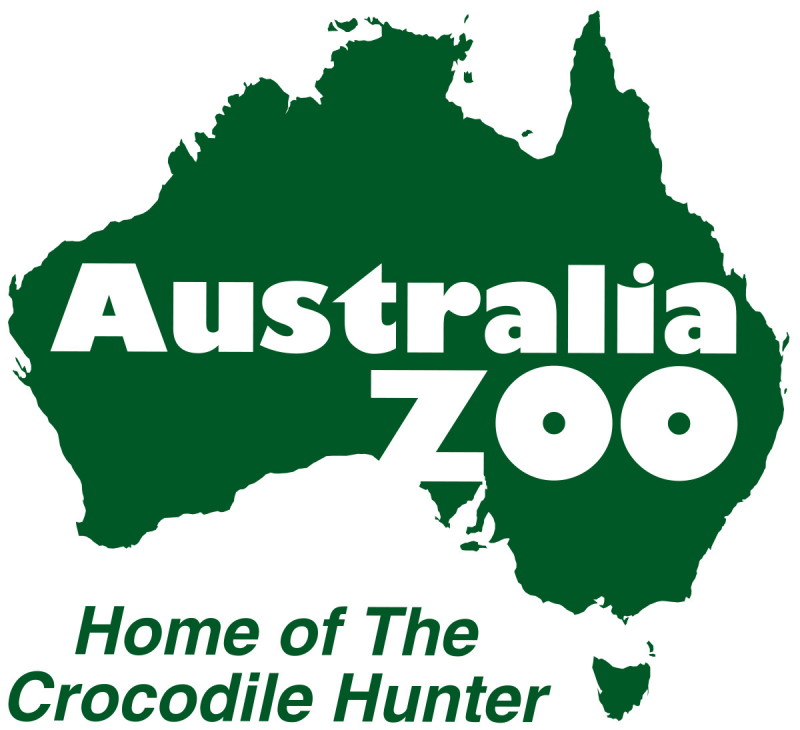
en.wikipedia.org 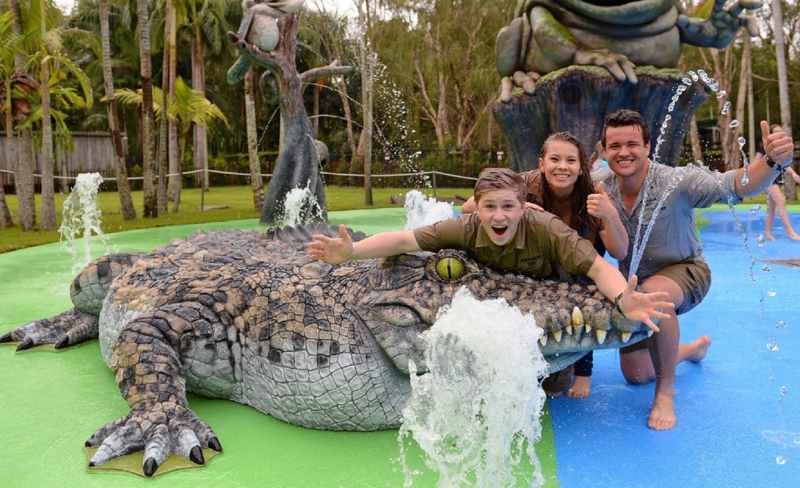
Photo: big4caloundra.com.au -
Taronga Western Plains Zoo is a huge zoo near Dubbo, New South Wales, Australia. It was once known as (and is still known as) Western Plains Zoo and is also known as Dubbo Zoo. It opened to the public on February 28, 1977, to give greater living and breeding area for huge animals like elephants and antelopes who need more acreage than the Sydney site could supply.
The Taronga Conservation Society (previously the Zoological Parks Board of New South Wales) and Taronga Zoo Sydney administer the zoo. The Western Plains Zoo is about 5 kilometers west of Dubbo on the Newell Highway.A trip to Dubbo's Western Plains will give you a taste of the African plains. The cages at Dubbo Zoo are lavish in comparison to those at other Australian zoos. Animals are given lots of room to wander, allowing them to live in a more natural setting than you'd find elsewhere.
With just a moat separating you from the animals, you may cycle around the six-kilometer circle and encounter the wild creatures of Africa.Cost of entry: $43.20 general admission.
Address: Near Dubbo, New South Wales, Australia
Website: https://taronga.org.au/dubbo-zoo
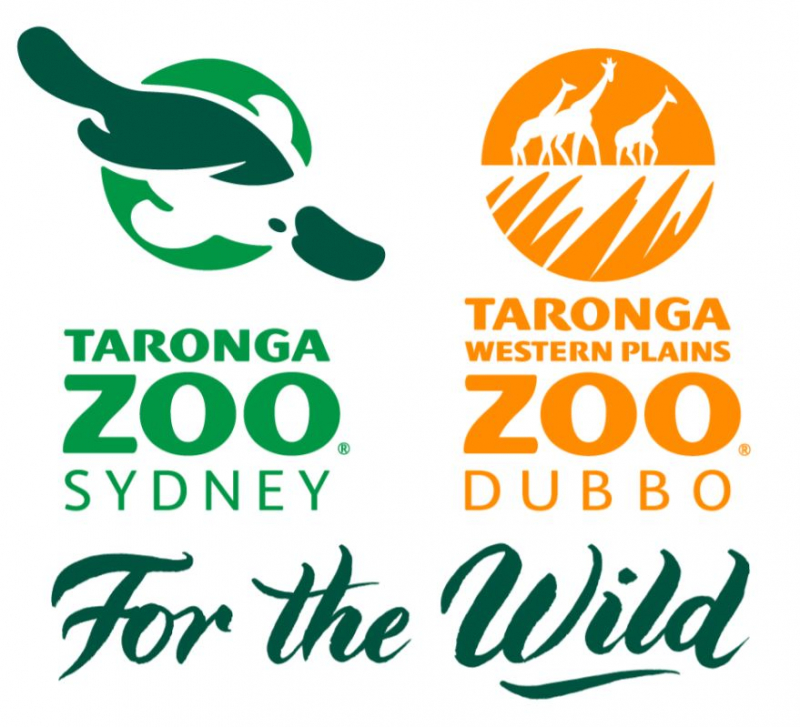
Photo: surveymonkey.com 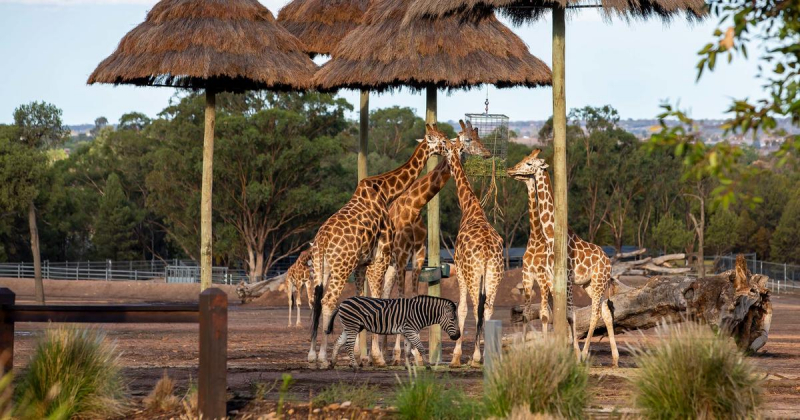
Photo: taronga.org.au -
The Phillip Island Nature Area (PINP) is a conservation park on the Australian island of Phillip. The park, which opened in 1996 and is owned by the Victorian State Government, is a self-funding commercial attraction dedicated to animal conservation and research.
Penguins aren't the first animals that come to mind when you think of Australia, yet they can be found around the southern beaches (and much of Tasmania). Phillip Island in Victoria, around 90 minutes from Melbourne, is maybe the nicest site.
The Penguin Parade on Phillip Island is the only commercial location in the world where you can watch penguins in their natural habitat, and it attracts visitors from all over the world. On treetop boardwalks, visitors may see koalas in their natural environment at the Koala Protection Centre, which is dedicated to koala study and conservation.
The aquatic swimmers depart at daybreak and return at dusk, frequently in a military-style procession. There are observation platforms all across the island where you can get the greatest views. There's also an app for more photographs and webcams placed up throughout the park, which is a bit of a teaser.
Cost of entry: $27.25 for general viewing admission, however this can be upgraded for better perks or for access to more parks.
Address: Phillip Island, Victoria, Australia
Website: https://www.penguins.org.au/
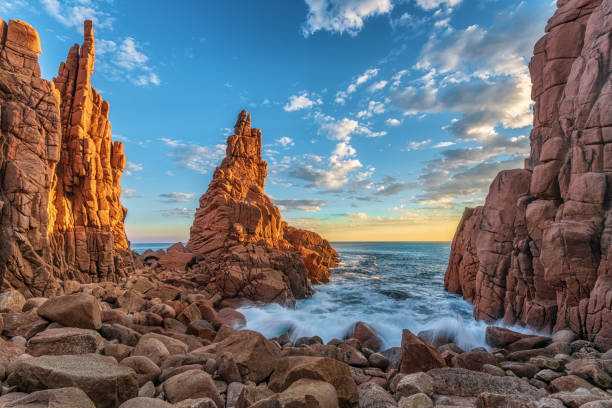
Photo: istockphoto.com 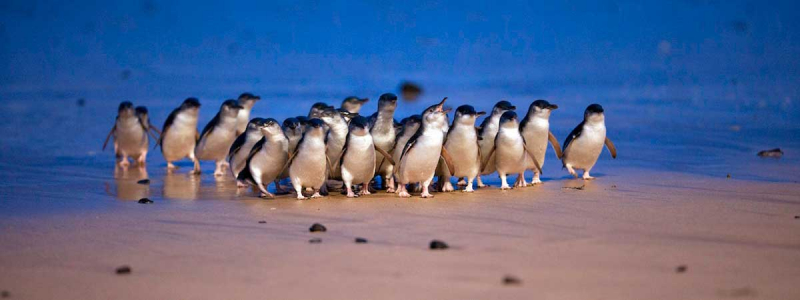
Photo: rdv.vic.gov.au -
Adelaide Zoo (after Melbourne Zoo) is Australia's second-oldest zoo, and it is run on a non-profit basis. It is located among the parklands of Adelaide, South Australia, just north of the city center.
With about 3,000 animals on site, the zoo includes over 300 local and foreign species. The zoo's most current enclosures are part of the South-East Asia exhibit's second phase, Immersion, which allows visitors to stroll through the forest with Sumatran tigers and orangutans appearing within reach.
The zoo is located beside the River Torrens in the green belt to the north of Adelaide's CBD. Rundle Mall's east end is about a five-minute drive away. Adelaide's botanic garden is nearby, offering another sight of nature.Cost of entry: $38 for general admission, discounts for children, concession tickets and adults.
Address: Adelaide, South Australia, Australia
Website: https://www.adelaidezoo.com.au/
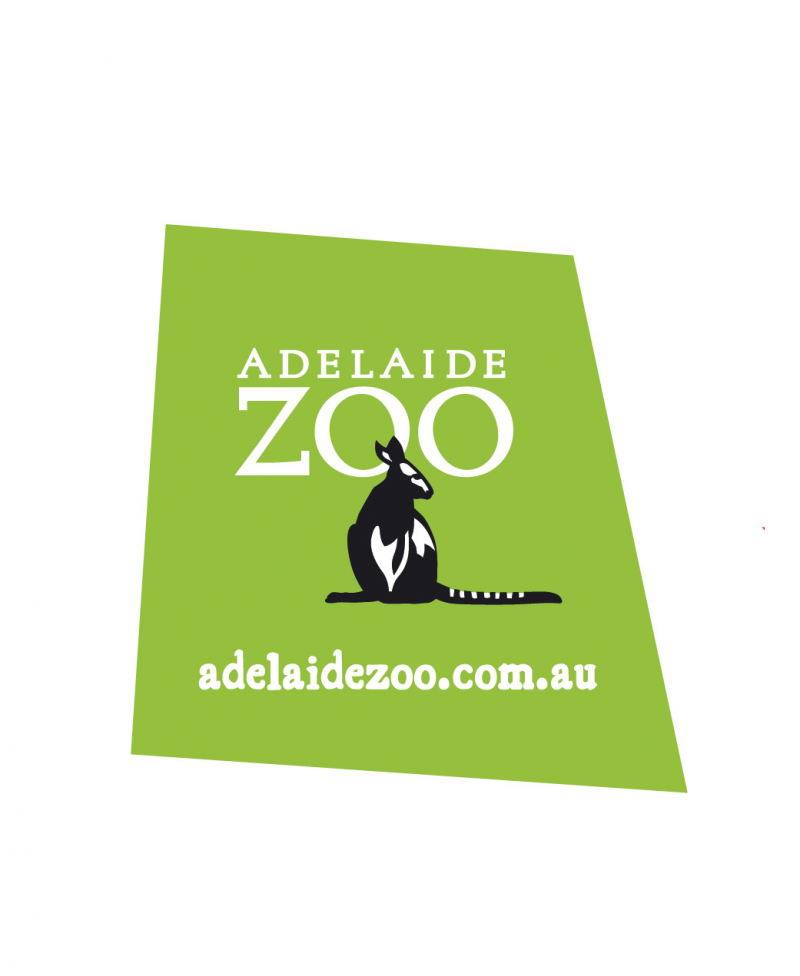
Photo: zoo.org.au 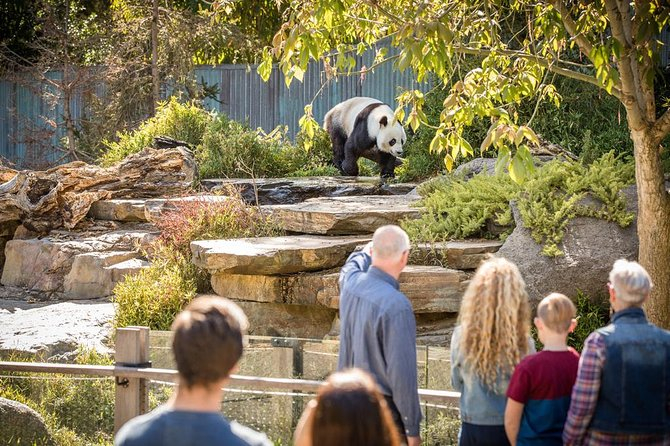
Photo: tripadvisor.com -
The Hunter Valley Zoo, located in one of Australia's most popular wine districts, is a welcome diversion from vineyard tours and wine tastings (the area's speciality is semillion). The zoo is smaller than the majority of the others on the list, but it contributes to its allure in many ways. Explore the trails and take in the sights of the exotic birds, animals, primates, and reptiles on display.
The zoo is located in Nukalba, near Ernest Hill Wines, between Cessnock and Rothbury.
Cost of entry: $32 for general admission. Discounts for concession, children and groups.
Address: Nulkaba, New South Wales, Australia
Website: https://www.huntervalleyzoo.com.au/
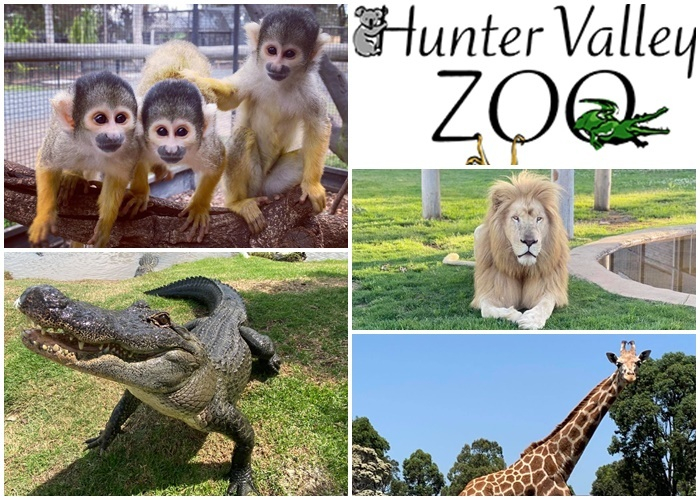
Photo: weekendnotes.com 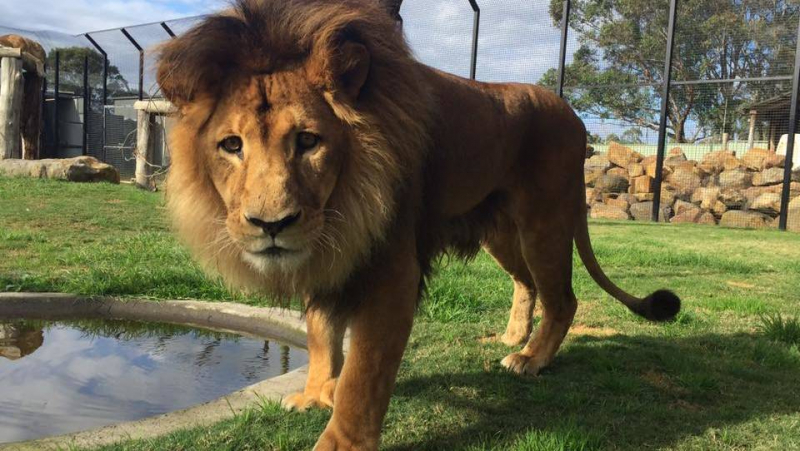
Photo: hunterhunter.com.au -
Taronga Zoo is a zoo in Mosman, a suburb of Sydney, New South Wales, Australia, on the shores of Sydney Harbour. The store is open from 9:30 a.m. to 5 p.m.
On October 7, 1916, it was formally inaugurated. Taronga Zoo Sydney, together with its sister zoo, the Taronga Western Plains Zoo in Dubbo, is operated by the Zoological Parks Board of New South Wales under the business name Taronga Conservation Society.
The 28-hectare (69-acre) Taronga Bio Sydney, which is divided into distinct zoogeographic areas, is home to more than 2,600 animals representing around 250 different species, making it Australia's biggest zoo. A zoo store, a café, and an information center are all located there.
Each day, there are over 20 keeper presentations and displays, and there are an estimated 4000 animals on site, with some enclosures offering views of the Sydney Opera House and Harbour Bridge.The best method to get to the zoo is to take the Circular Quay boat, although you may alternatively drive along the Lower North Shore (not advised during peak hours). The zoo is located beside the River Torrens in the green belt to the north of Adelaide's CBD. Rundle Mall's east end is about a five-minute drive away. Adelaide's botanic garden is nearby, offering another sight of nature.
Cost of entry: $44.10 general admission, though you can save 10-20% by ordering through the Taroga Zoo website.
Address: Bradleys Head Road, Mosman, Sydney, New South Wales, Australia
Website: https://taronga.org.au/sydney-zoo
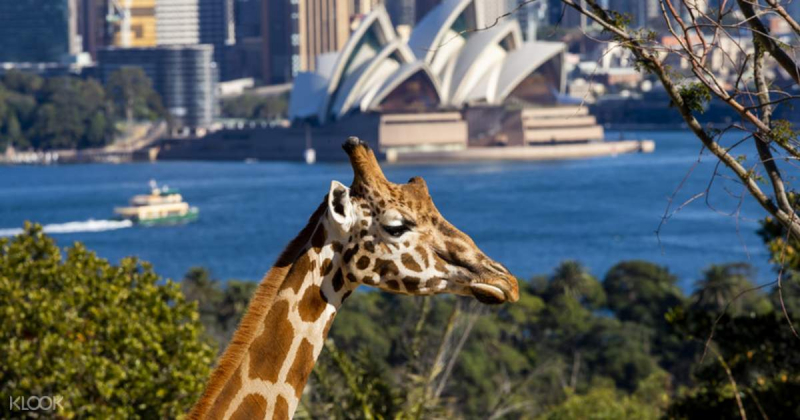
Photo: klook.com 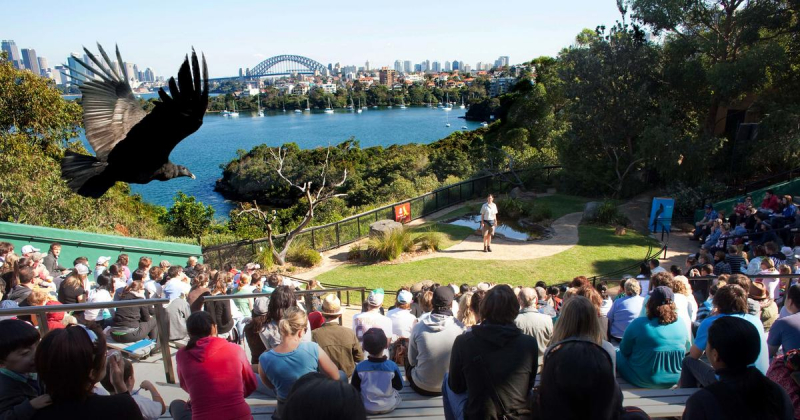
Photo: taronga.org.au -
Werribee Open Range Zoo is an African-themed zoo in Werribee, Victoria, Australia, about 32 kilometers (20 miles) south of Melbourne. The Melbourne Zoo and Healesville Sanctuary are both part of the Zoological Parks and Gardens Board, or Zoos Victoria. It is located on the Werribee River in Werribee Park, near to the Werribee Mansion, and covers roughly 225 hectares (560 acres). Originally, it served as agistment ground for the Melbourne Zoo.
Werribee Zoo, like Dubbo Zoo, provides far more area to its visitors than the ordinary zoo. The major feature is African animals, such as gorillas, giraffes, large cats, and hippos, which are popular among visitors. Safaris are provided for individuals who wish to go close to the animals and into the enclosures.
Werribee Zoo, like Werribee itself, is 35 kilometers south of Melbourne's central business district, nearly halfway to Avalon Airport.Cost of entry: $38 general admission, discounts for children, seniors and concession.
Address: Werribee, Victoria, Australia
Website: https://www.zoo.org.au/Werribee
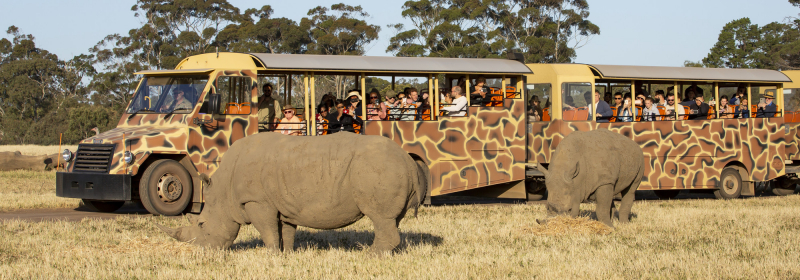
Photo: zoo.org.au 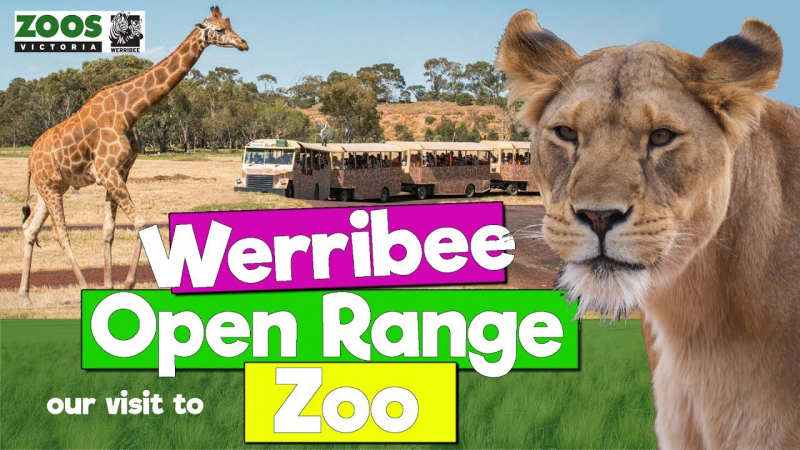
Photo: youtube.com -
At 1,841 meters (6,040 feet), the Busselton Jetty is the world's longest timber-piled jetty (pier). Busselton Jetty Inc., a not-for-profit community organization, manages the jetty.
One of Australia's most distinctive marine 'zoos' is located 220 kilometers south-west of Perth. The Busselton Jetty, dubbed Australia's biggest artificial reef, is home to more than 300 marine species, as well as a variety of colorful sponges, corals, and fish.
The Underwater Observatory, located eight meters beneath the surface of the ocean and 1.7 kilometers along the jetty, can accommodate 48 persons at a time. The jetty also has the status of being the world's longest wooden jetty.Cost of entry: $4 for a Jetty Day Pass, $14 for the Jetty Train and $34 for the Underwater Observatory
Address: Busselton, Western Australia
Website: https://www.busseltonjetty.com.au/
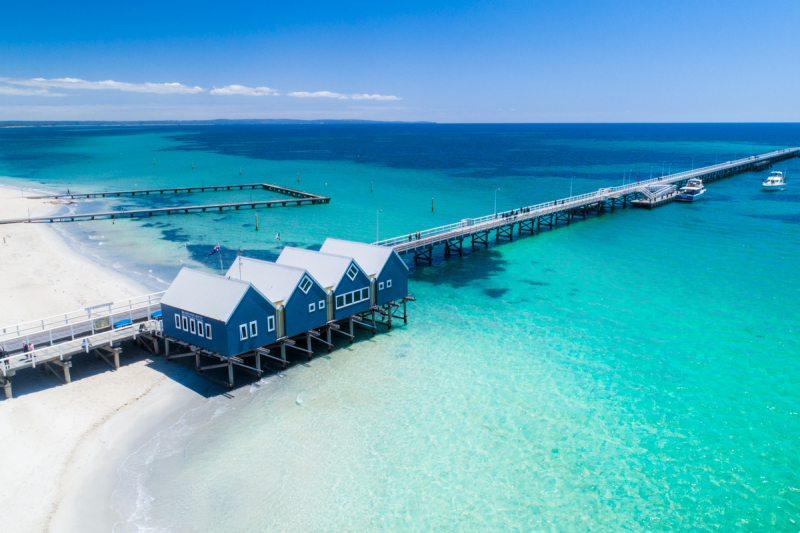
Photo: baseimagery.com.au 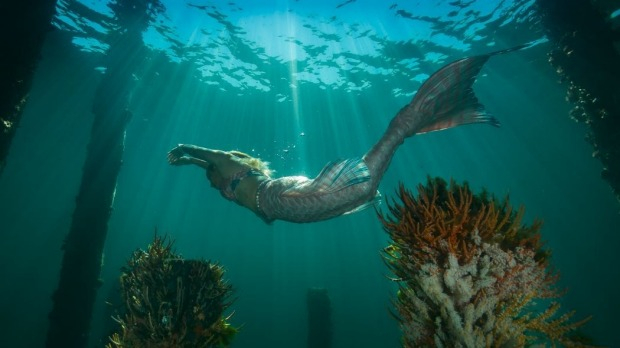
Photo: traveller.com.au












